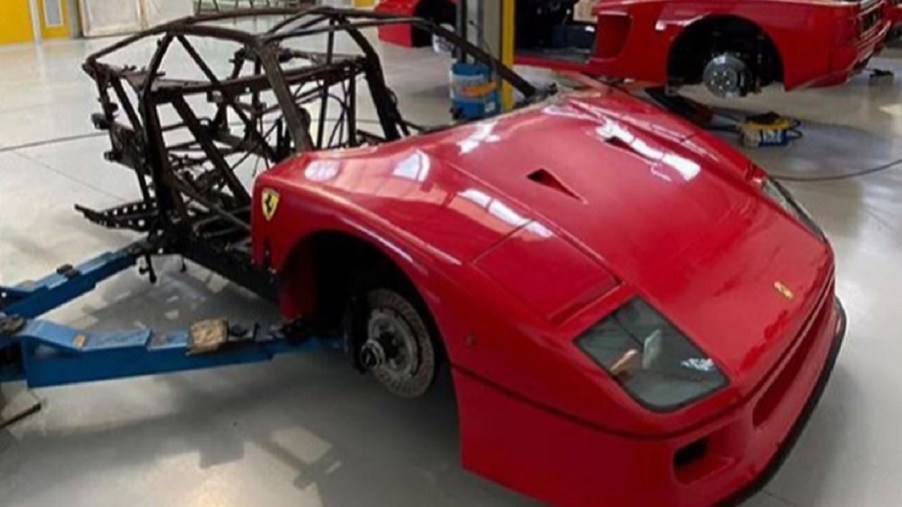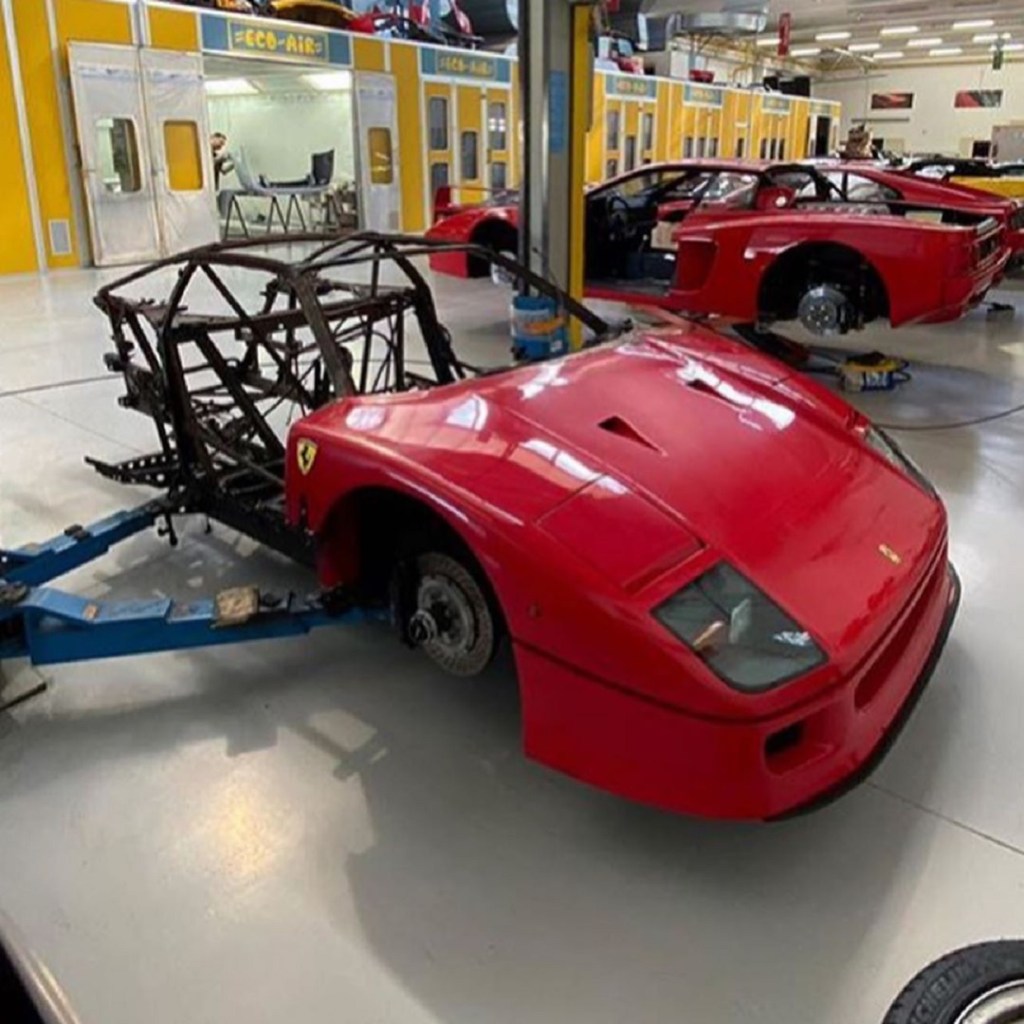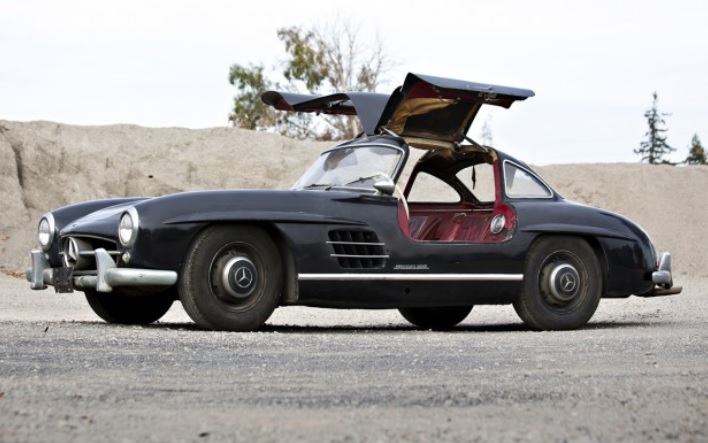
Is a Destroyed Classic Car Worth Restoring?
While restomodding can be expensive, it is a great way to keep a classic car enjoyable on the road for longer. However, even though many restomod companies strip the donor cars down to the bare metal, not every donor will do. That’s the unfortunate part of classic car care: sometimes, restoring them isn’t possible. But why do some vintage cars get restored, and others don’t?
Can a damaged classic car be restored?
Restoring a classic car is ultimately a kind of repair, Hagerty explains. Whether it involves repairing paint, removing rust, or tackling the upholstery, restoration removes damage. Even if the engine’s lost all its fluids, corroded, and seized, it might still be salvageable. But sometimes the damage is a bit more…extensive.
Case in point, the Ferrari F40 that caught fire in Monaco in February 2020. The F40 was eventually put out, Road & Track reports, but not before being severely damaged. As you can see from the photos below, about 2/3rds of the car is basically ash. And yet, that Ferrari F40 may drive once more.

According to Motor1, a dealer in Germany purchased the immolated F40 and intends on restoring it. R&T reports the work is being handled by RM Autosport, a dealership in Monaco. Initially, Ferrari Chat forum users wondered if it was even possible to do so. One user even remarked, “rebuilding that car is not possible. Building [sic] a recreation and assigning this VIN to it is possible.” Basically, the restored F40 would have so many new parts, it’d basically be a replica, not an original.
Which raises the question: why is a shop taking on the task of restoring this charred Ferrari? And what does that mean for the car’s identity?
The economics involved
Firstly, it’s likely the owner of the F40, like many classic car owners, had some form of insurance. Classic car insurance, though, doesn’t work quite like normal car insurance, The Drive explains.
Classic cars tend to appreciate, or at least retain their value better than brand-new cars. So instead of using a depreciation value, the provider bases the policy on an agreed-upon or ‘guaranteed’ value. The guaranteed value determines your premiums, and also when your classic can be declared a total loss.
That’s the first big factor in determining if restoring a classic car is worth it. At some point, repairing a damaged classic will cost more than, or a significant portion of, the agreed value. So instead of restoring it, the provider will instead pay the owner the full agreed value.
So, the fact that the burned-down F40 is getting restored means the cost is still less than the agreed value. Considering even a fairly-rough F40 is worth about $1 million, Hagerty reports, that seems like a reasonable explanation. However, there’s a wrinkle.

Even if the F40 gets restored with original OEM parts, it’s possible some value will be lost, Hemmings explains. Even if the replacement parts come from Ferrari, they’re not this F40’s original factory parts. So, it’s no longer a true ‘survivor’ car. This happened in 2014, Hemmings reports, with 2 Mercedes 300SL Gullwings. A restored one went for just over $1.4 million. But the untouched one sold for almost $1.9 million.

That’s why companies like Pur Sang exist. True, these replicas aren’t necessarily accepted by the various owner clubs. But they deliver the same driving experience at a fraction of the price. And if the replica gets damaged, you still have the pristine original.
Deciding to restore your own car
So, does this mean it’s not worth restoring an old classic or vintage car? Not necessarily. But before you do, consider what it is you want out of the project. Restoration is expensive and time-consuming, Autoweek reports, even if some work gets passed to specialty shops.
Also, restoring the car isn’t your only option, Hagerty reports. Many owners today prefer a patina’d look, Petrolicious reports. Even some restomodders, like Icon, are getting in on it.
Ultimately, restoring a classic car, destroyed or not, is about what you value. If the goal is flipping it, weigh the restoration cost vs. the potential loss of market value. Or, if it’s for preservation, like Honda’s recently-restored N600, money might be less of an issue.
But if all you want is for your classic to run and drive, investing in a full restoration might not be worth it. Just invest in renewing the powertrain, drivetrain, brakes, wheels, tires, and interior as needed. It’ll save you a lot of time and money.
Follow more updates from MotorBiscuit on our Facebook page.


